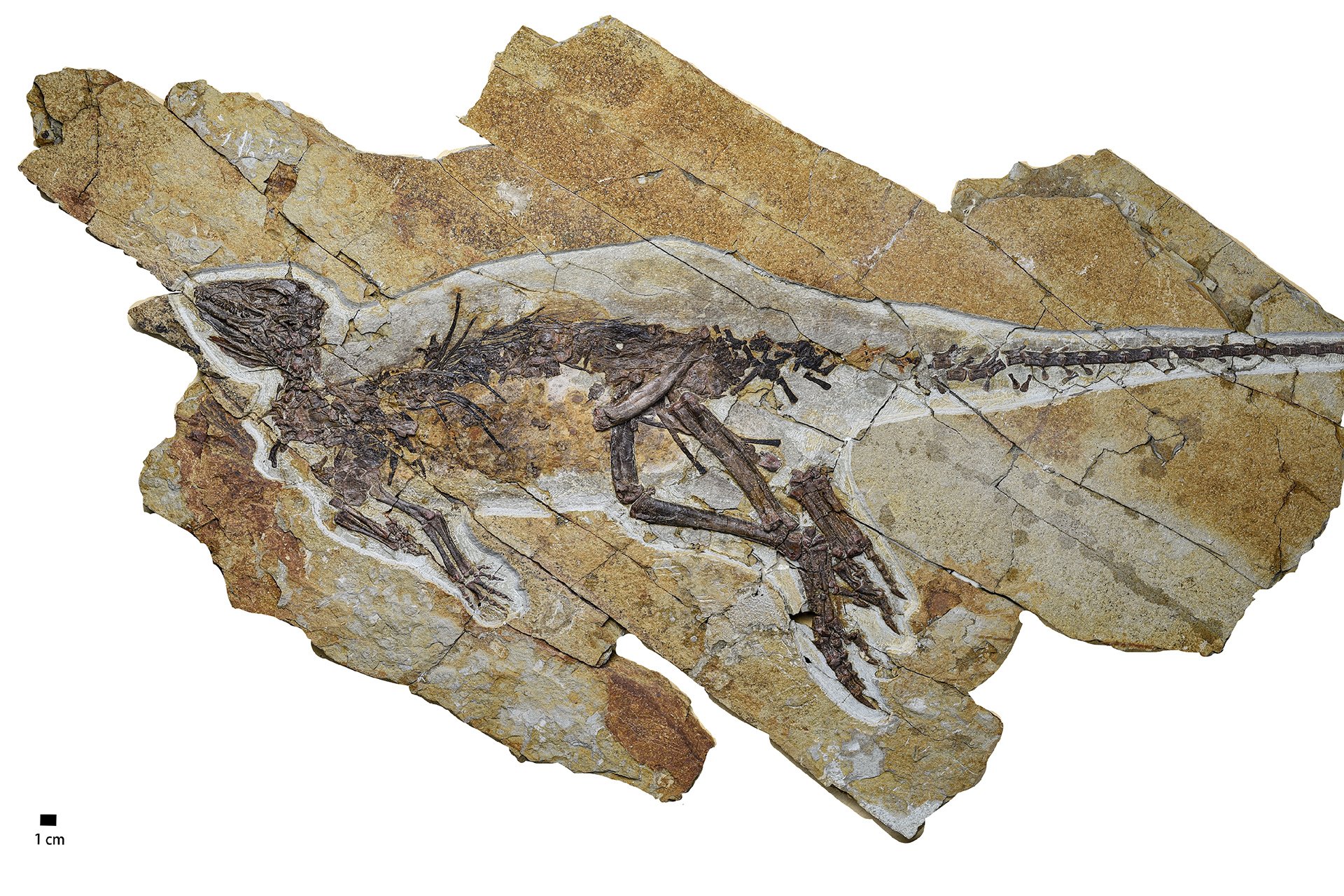Scientists have identified a dinosaur that likely produced birdlike chirps, suggesting that the roots of birdsong date back much further than previously believed. The research, published in the journal PeerJ on October 10, 2023, details a fossil discovered in Hebei Province, China, which is approximately 163 million years old. This dinosaur, named Pulaosaurus qinglong, measures about 28 inches (72 centimeters) and offers a rare glimpse into its anatomy, particularly its throat structure, which exhibits remarkable similarities to modern birds.
According to Xing Xu, a paleontologist at the Chinese Academy of Sciences and co-author of the study, the preservation of this fossil is exceptional. “Even when you have a dinosaur skeleton preserved, you don’t always have these isolated bones preserved with other skull elements,” Xu explained in an interview. The delicate vocal structures found in Pulaosaurus are unprecedented for dinosaurs, as they suggest a potential capability for producing complex sounds.
Most contemporary reptiles generate sounds through simple vocal organs made of cartilage. In contrast, birds possess sophisticated, bony structures that allow for a wide range of vocalizations. The throat of Pulaosaurus appears to straddle the gap between these two categories. Researchers noted similarities between its vocal anatomy and that of the dinosaur Pinacosaurus, an ankylosaur believed to have had a flexible larynx capable of creating sounds reminiscent of chirps and tweets.
The findings indicate that Pulaosaurus lived during the late Jurassic period and belonged to a lineage that would later evolve into “duck-billed” dinosaurs such as hadrosaurs. Despite this evolutionary connection, Pulaosaurus and Pinacosaurus are separated by millions of years, and neither directly contributed to the lineage that led to modern birds. This raises intriguing questions about the evolution of vocal features in dinosaurs.
The presence of similar vocal structures in these distant species suggests that their common ancestors may have exhibited vocal capabilities. Consequently, the origins of birdsong could trace back to creatures that existed over 230 million years ago. Nonetheless, the exact timeline of how the modern bird’s voice box, known as the syrinx, developed remains unclear, as does whether any dinosaur possessed the vocal sophistication seen in contemporary birds.
This discovery not only enhances our understanding of dinosaur behavior but also sheds light on the evolutionary pathways that led to the rich diversity of bird vocalizations today. As research continues, insights into the sounds created by ancient creatures may further illuminate the connections between dinosaurs and their avian descendants.







































































